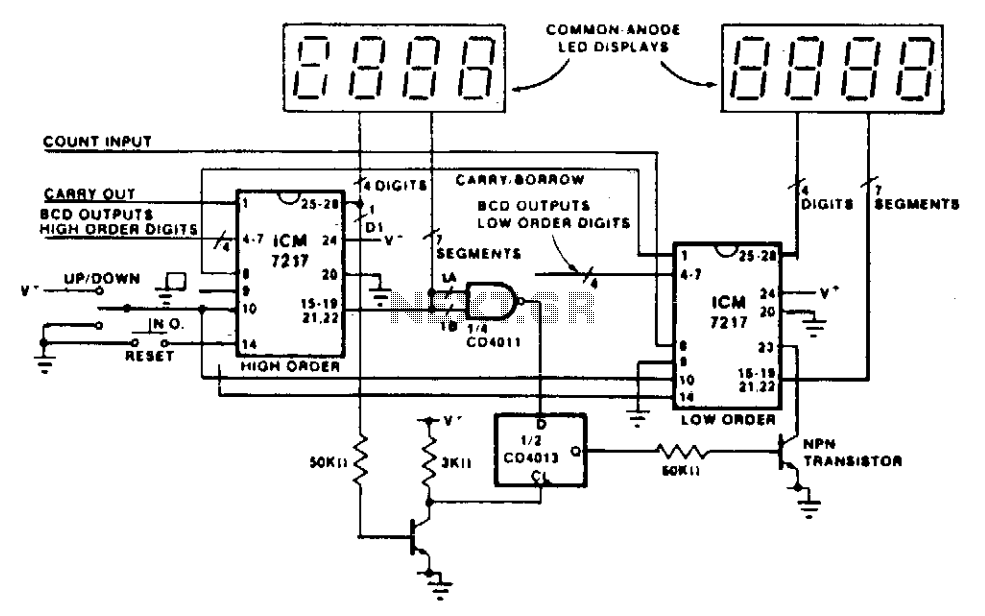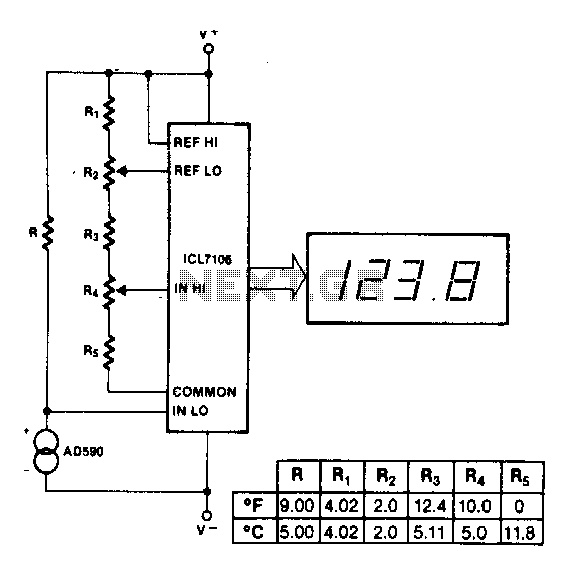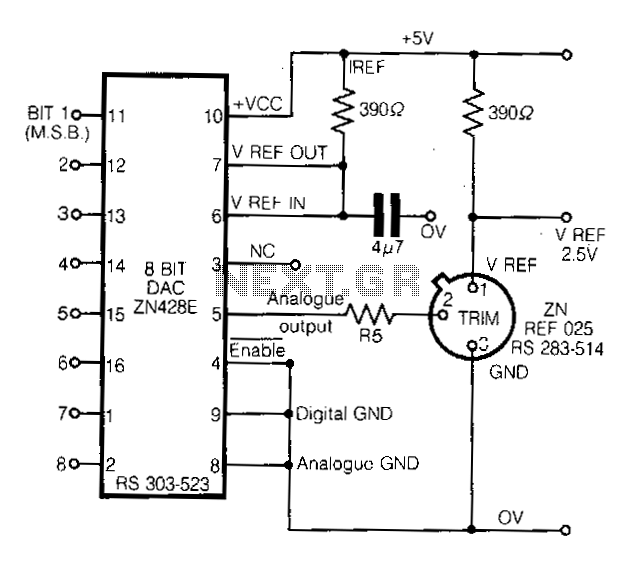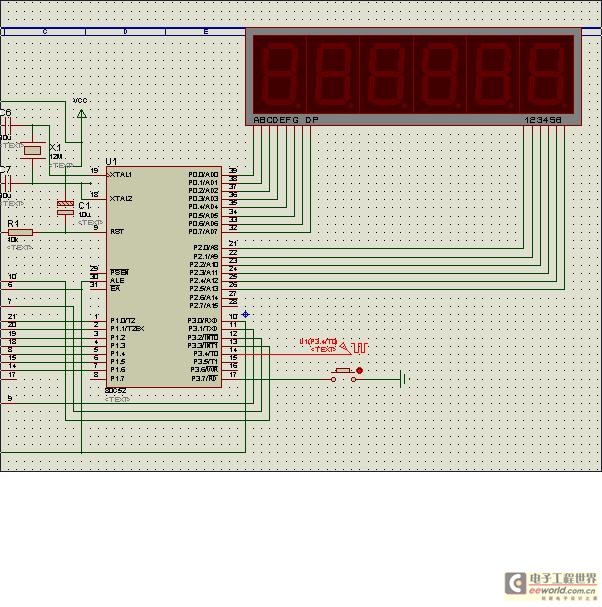
Digital Counter - 4029 and 4511
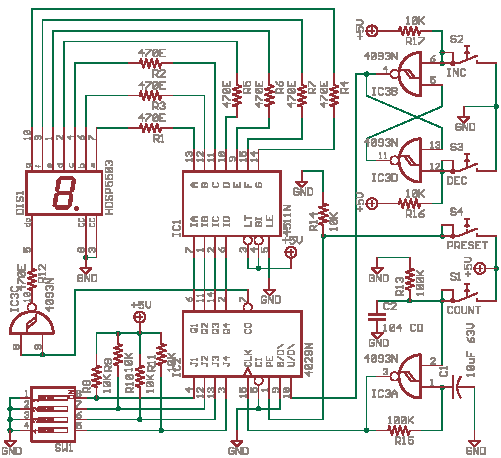
Inquiry regarding the circuit design involving ICs 4029N and 4511N, specifically questioning whether these components function as a driver/decoder. The datasheet was consulted but did not provide precise specifications.
The IC 4029N is a binary up/down counter that can count in both directions, while the 4511N is a BCD (Binary-Coded Decimal) to 7-segment latch/decoder/driver. The 4029N features a maximum count of 15 (in binary) and can be configured to count up or down based on the input control signals. It includes features such as asynchronous reset, parallel load capability, and an enable input for counting operations.
The 4511N, on the other hand, takes a 4-bit BCD input and drives a 7-segment display, translating the binary-coded value into a human-readable format. It includes latching capabilities, allowing the output to maintain its state until explicitly changed, which can be useful in applications where the display should not change until a new input is provided.
In a circuit design utilizing both ICs, the 4029N could be employed to count events or time intervals, while the 4511N would convert the count into a visual representation on a 7-segment display. Proper interfacing between the output of the 4029N and the input of the 4511N is essential to ensure accurate representation of the counter's state on the display. Additional components, such as resistors for current limiting and capacitors for debouncing, may also be required to enhance the circuit's performance and reliability.
Overall, the combination of these two ICs allows for effective counting and display of numerical values in various electronic applications, such as timers, event counters, and scoreboards.I just about the circuit you made. what kind of IC is 4029N & 4511N Is it a diver/decoder I tried to research on the datasheet but it cannot give exact specification. 🔗 External reference
The IC 4029N is a binary up/down counter that can count in both directions, while the 4511N is a BCD (Binary-Coded Decimal) to 7-segment latch/decoder/driver. The 4029N features a maximum count of 15 (in binary) and can be configured to count up or down based on the input control signals. It includes features such as asynchronous reset, parallel load capability, and an enable input for counting operations.
The 4511N, on the other hand, takes a 4-bit BCD input and drives a 7-segment display, translating the binary-coded value into a human-readable format. It includes latching capabilities, allowing the output to maintain its state until explicitly changed, which can be useful in applications where the display should not change until a new input is provided.
In a circuit design utilizing both ICs, the 4029N could be employed to count events or time intervals, while the 4511N would convert the count into a visual representation on a 7-segment display. Proper interfacing between the output of the 4029N and the input of the 4511N is essential to ensure accurate representation of the counter's state on the display. Additional components, such as resistors for current limiting and capacitors for debouncing, may also be required to enhance the circuit's performance and reliability.
Overall, the combination of these two ICs allows for effective counting and display of numerical values in various electronic applications, such as timers, event counters, and scoreboards.I just about the circuit you made. what kind of IC is 4029N & 4511N Is it a diver/decoder I tried to research on the datasheet but it cannot give exact specification. 🔗 External reference

